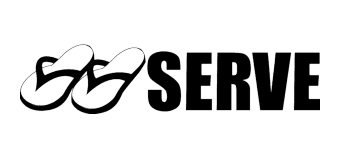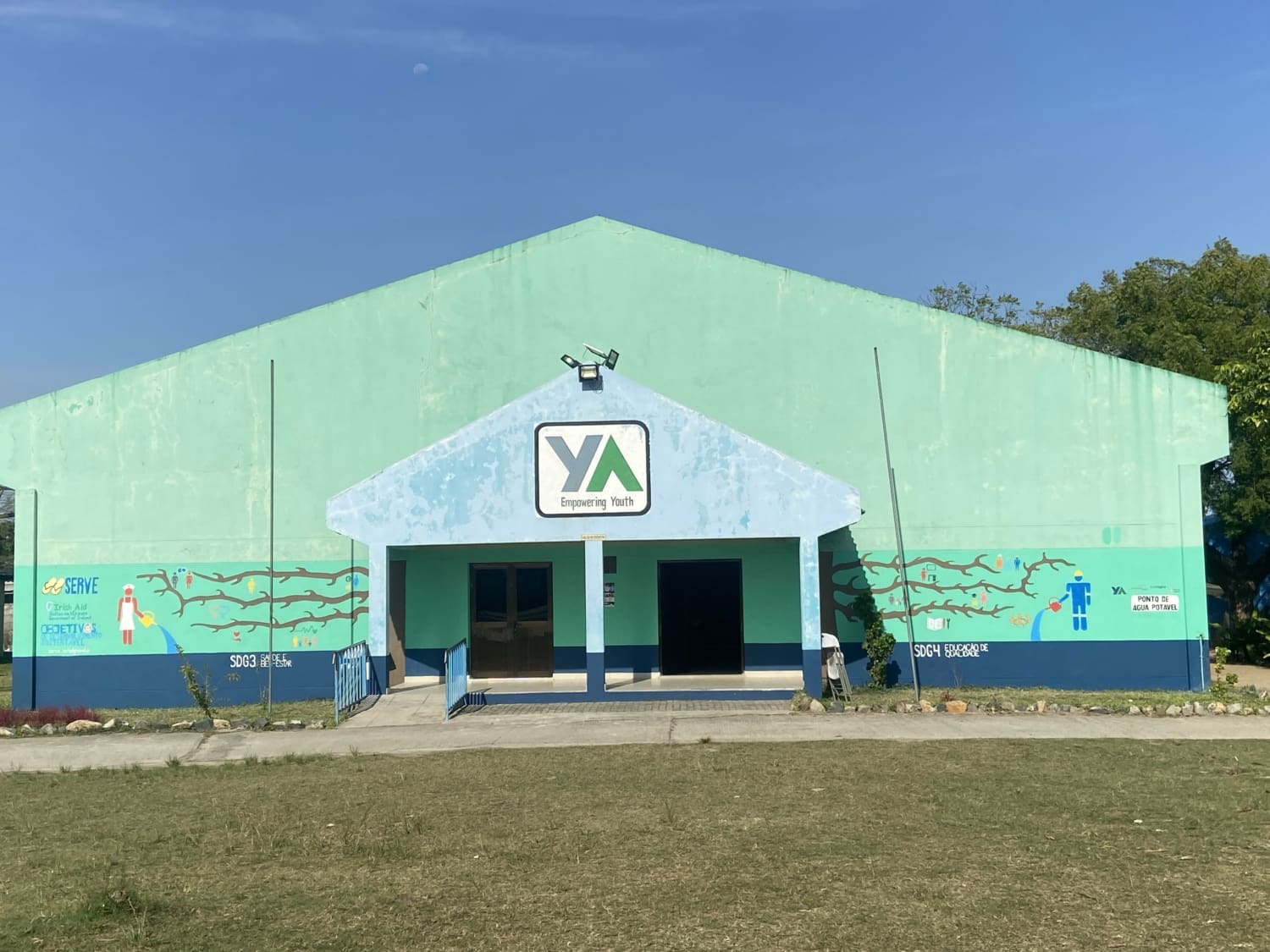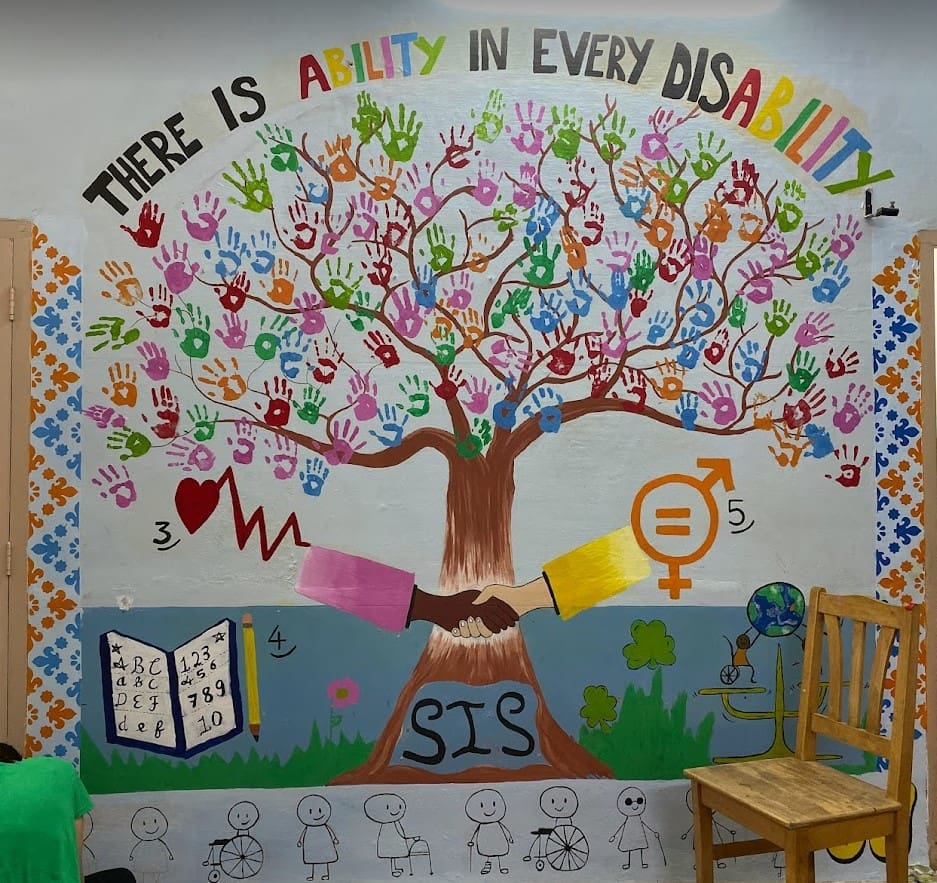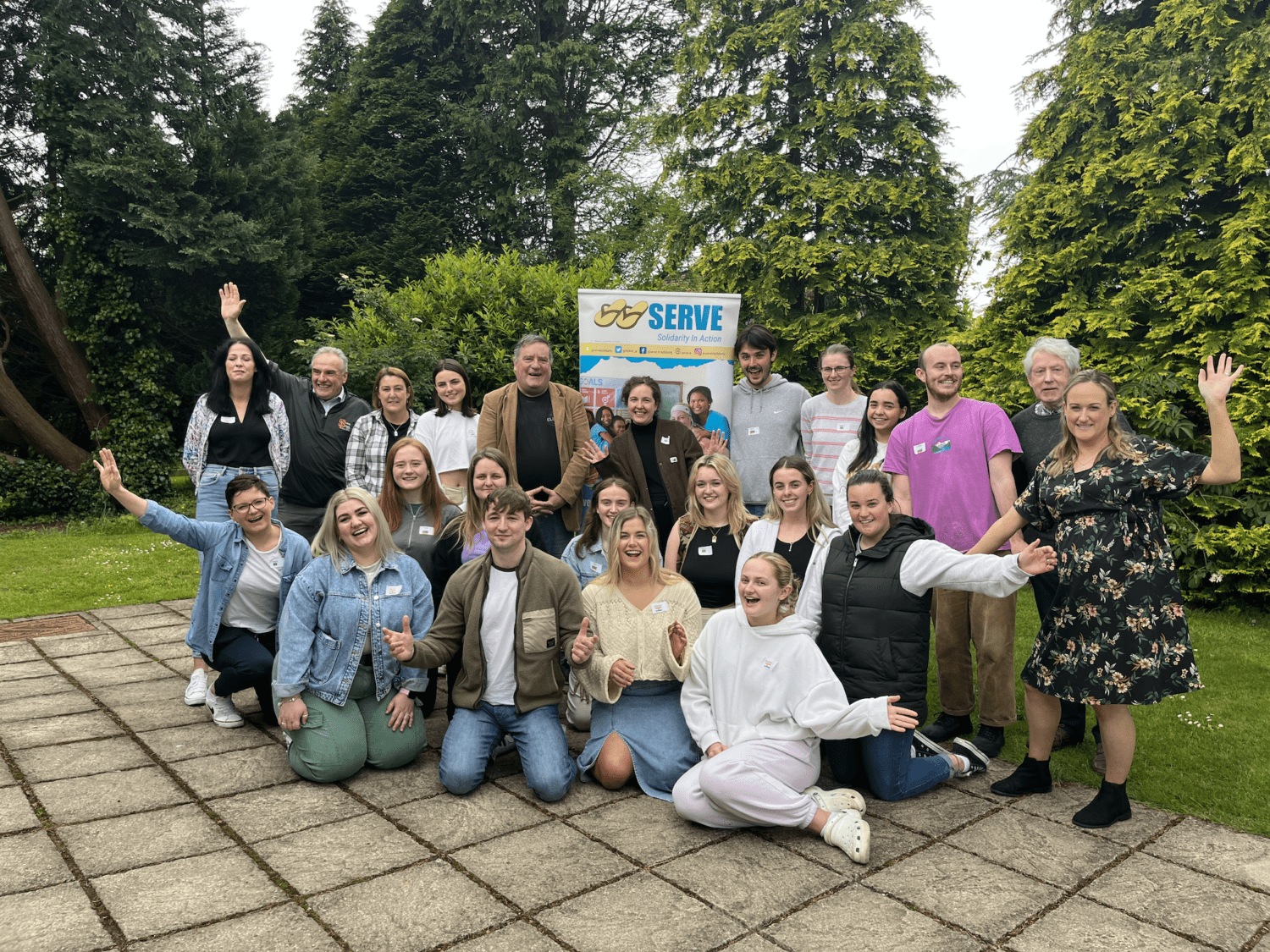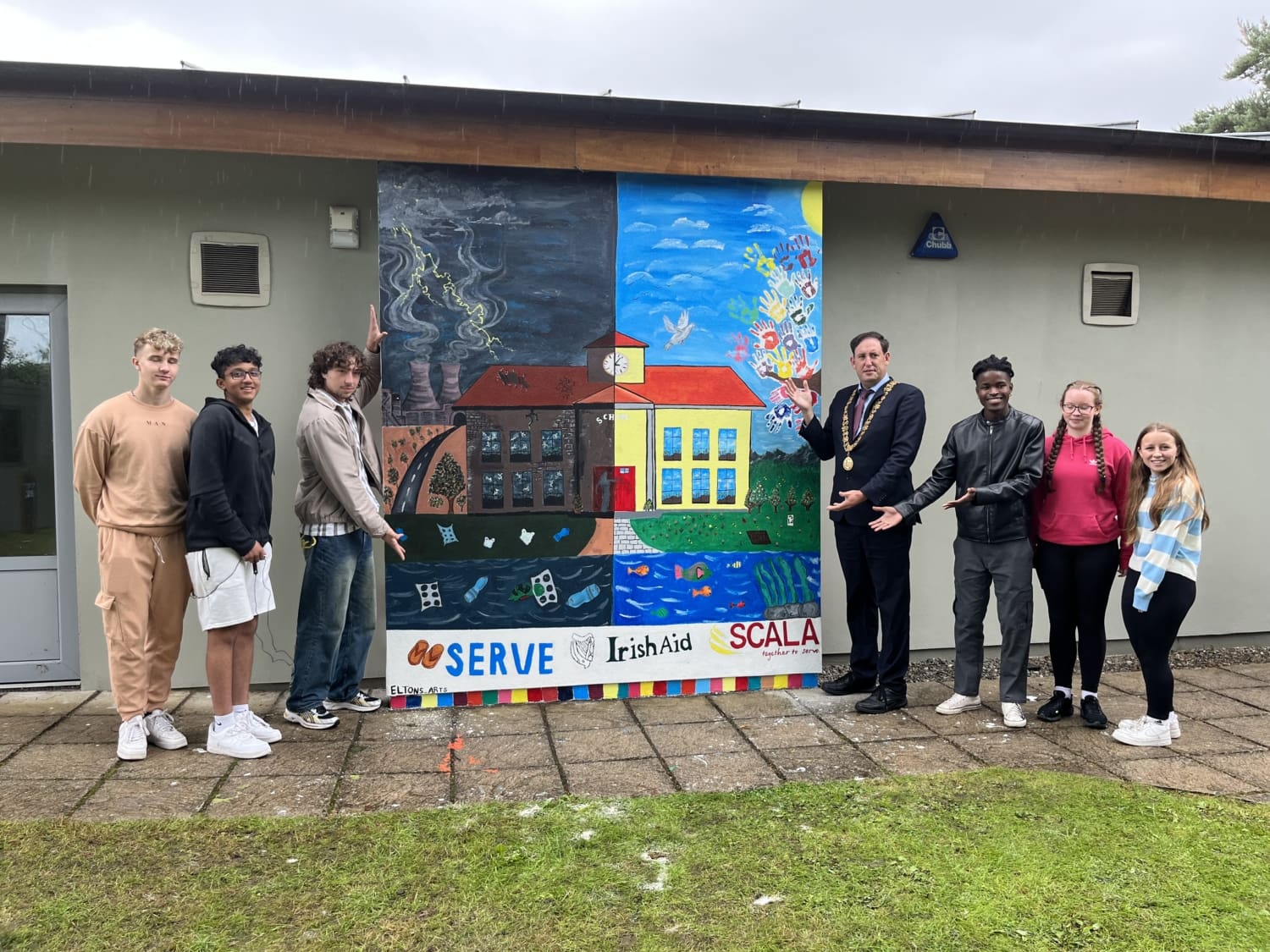
MURAL 2
Zambia
This mural was created with the students at Luyobolola Primary School. After discussions surrounding their town, country, and culture, we came up with a design that we felt represented the values, beliefs, and culture of the young people of Mazabuka. To make this as much of a collaborative process as possible we wanted to incorporate the students’ ideas and artist talents, while also inspiring conversations surrounding Sustainable Development Goals. The sentence ‘The sweetest town in Zambia, with the sweetest people’ embellishes the mural, and based on our discussions with the students of Luyobolola, there couldn’t be more accurate words.
Share This
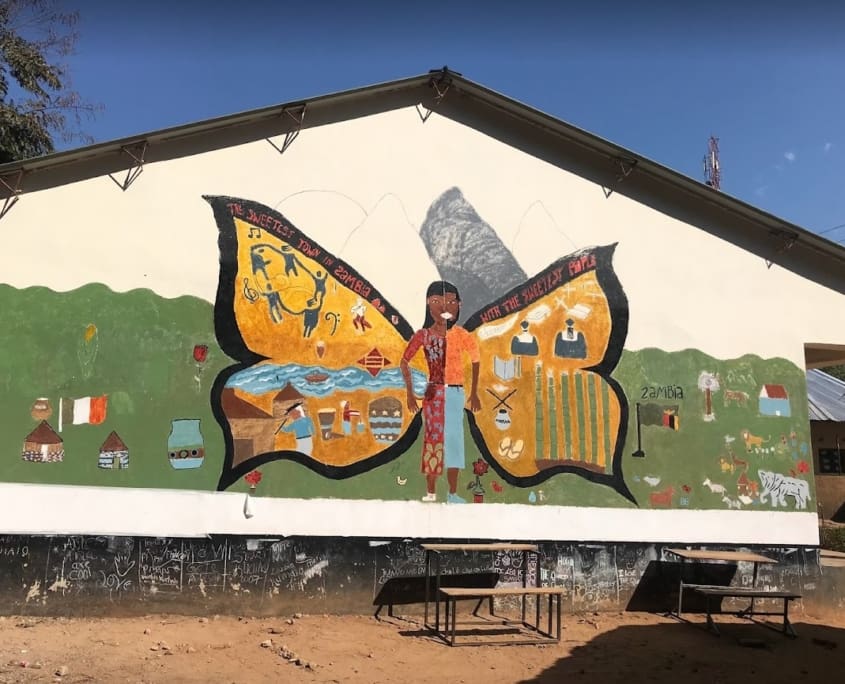
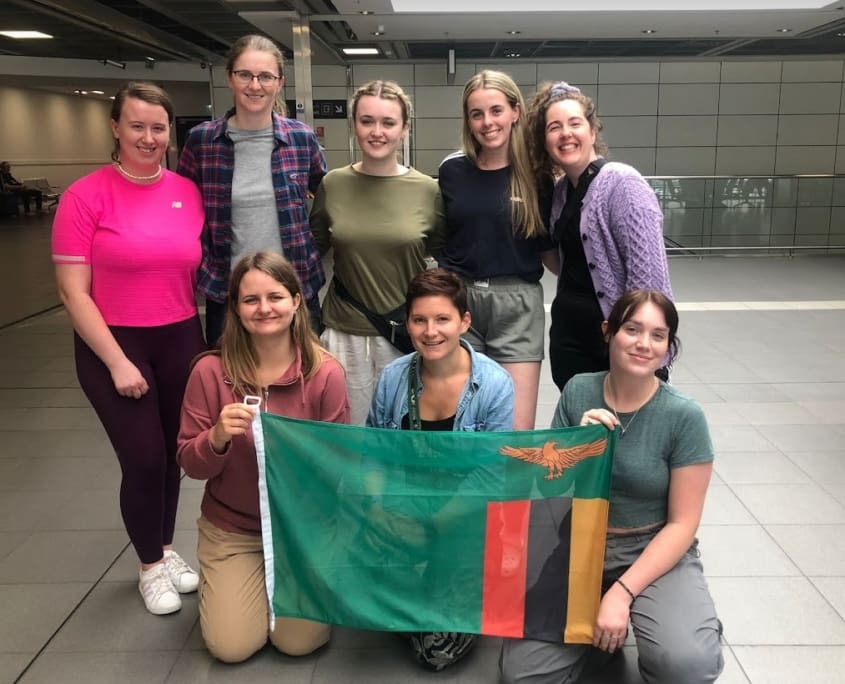
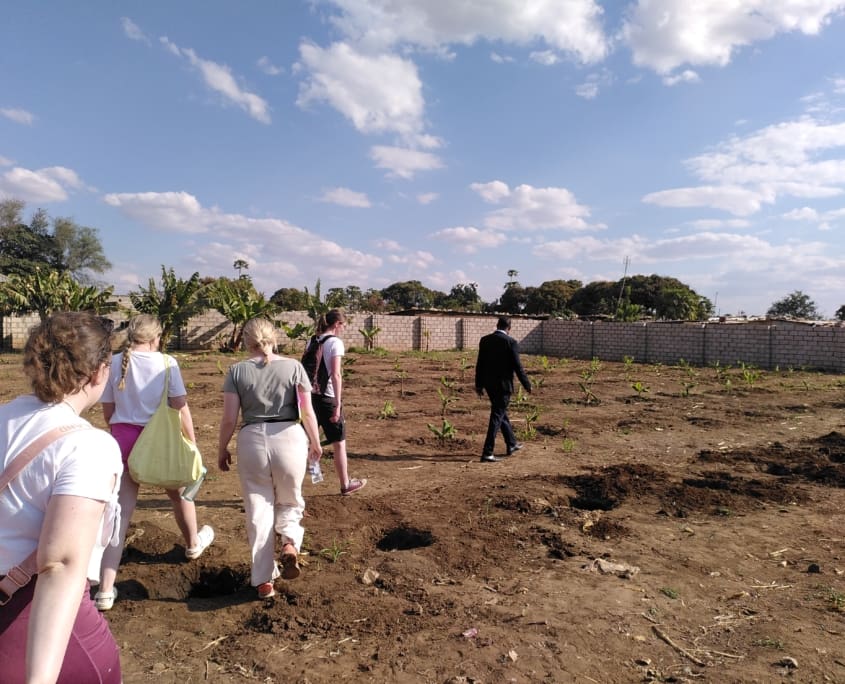
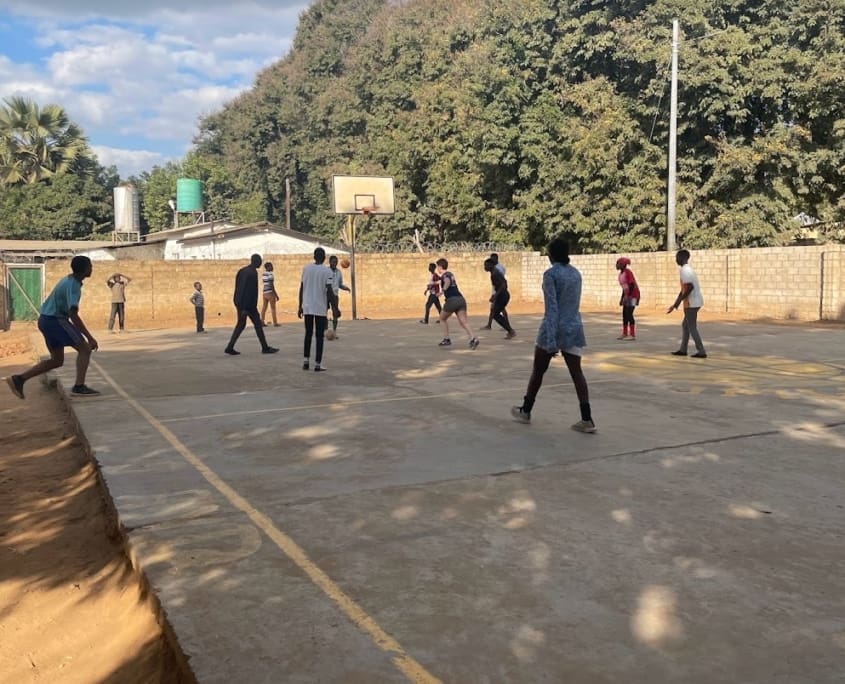
How We Did It
The blog below is written by SERVE volunteers of the Overseas Programme (2023).
During our initial brainstorming sessions at the training days, a burst of creativity led us to a fascinating idea: utilizing butterfly wings as a symbolic template, encapsulating our ideas within its elegant contours.
The butterfly, a timeless emblem of transformation and growth, invoked thoughts of the butterfly effect, meaning even the smallest change or effort can ripple into a significant impact.
Guided by our discussions on Sustainable Development Goals (SDGs), our group leader, Edith, proposed an additional layer of meaning—an individual standing between the wings, divided into male and female halves, symbolising Gender Equality, one of the SDGs. We envisioned the mural weaving in the principles of Quality Education and Reducing Inequalities, some other SDGs, while also capturing the spirit of Mazabuka.
From the outset, the school’s vibrant energy and the students’ innate artistic flair were unmistakable.
After arriving in Zambia, we began working at the Luyobolola Primary School. It was agreed that the mural would be located on the gable wall of one of the classroom blocks previously built by SERVE. Each day we would be given a class group (Grade 8 or Grade 9 – students between the ages of 14-16 approx.), which was split into three groups, each headed by two volunteers.
We would spend three hours with the students, one hour teaching English, one hour playing sports, and one hour of an art extravaganza, in rotation. From the outset, the school’s vibrant energy and the students’ innate artistic flair were unmistakable. For the first few days we engaged the students in explorative conversations about their hometown, their country, and their diverse cultures.
We had discussions about what it meant to them to be a member of their community and how they would like this to be portrayed on the mural. The students let their imaginations run wild, as their ideas flowed onto A3 sheets of paper like a creative river unbound.
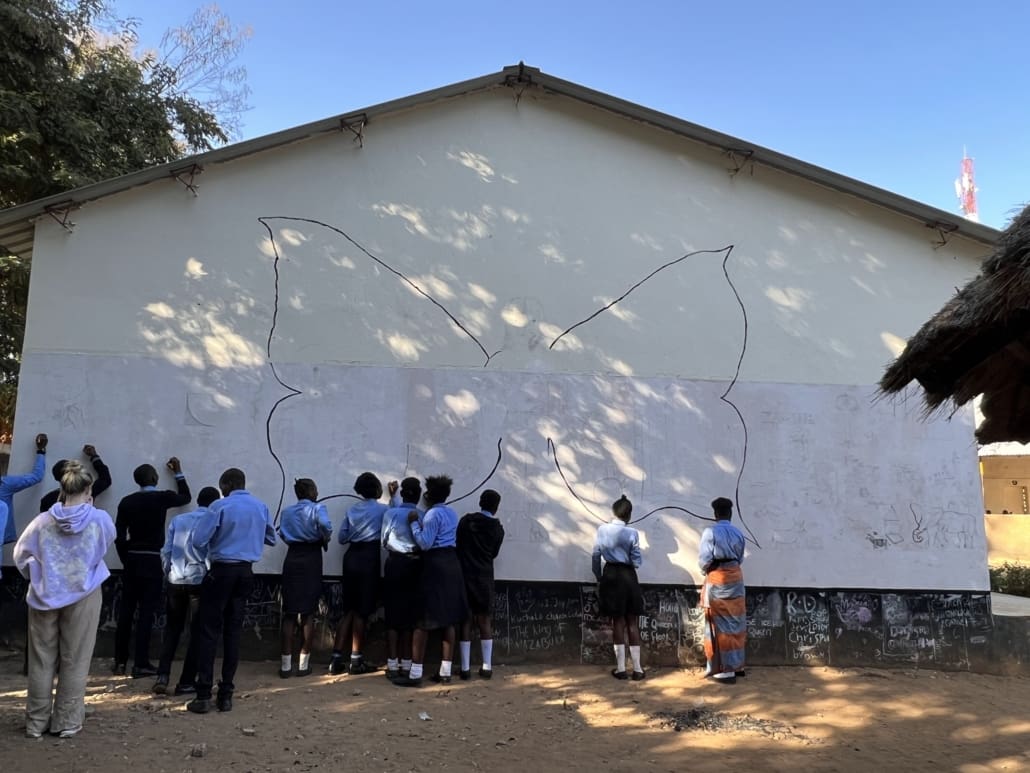
With insights gathered from these interactions and an understanding of the children’s aspirations, I drafted up a design plan, integrating and copying the students’ sketches into the mural design Students then translated the design onto the wall with finesse. In the unfolding panorama, some students ventured beyond, adorning the mural with their personal menagerie of animals. Some of the students’ ideas included images of sugar cane, to represent the sugar cane factories that gave the town its famous title of ‘the sweetest in Zambia’.
The following weeks swayed to the rhythm of paintbrushes and purpose. The once-bare wall metamorphosed into a testament of collective ideas, values, and points of discussion. Every brush stroke was a bridge, connecting one culture to another, as we spent days discussing cultural norms, our differences and similarities as nations, and exchanging lessons in our native languages. Amid the meticulous outlining and vibrant hues, we watched as bonds deepened, and friendships blossomed between the students, who, as they painted, enjoyed a frenzy of singing, dancing, and laughter.
As our time in Luyobolola drew to a close, we decided to add a final stroke of brilliance to the mural. As vibrant as the community that we were immersed in, the students placed their fingerprints on the wall, in the colours of the Zambian flag. The fingerprints painted the inside of letters that spelled out ‘Luyobolola’ underneath the butterfly. On our final day in the school, we enjoyed every bit of chaos that this task ensued, as students with messy hands and smiles eagerly awaited their turn to leave their signatures permanently on the school’s wall.
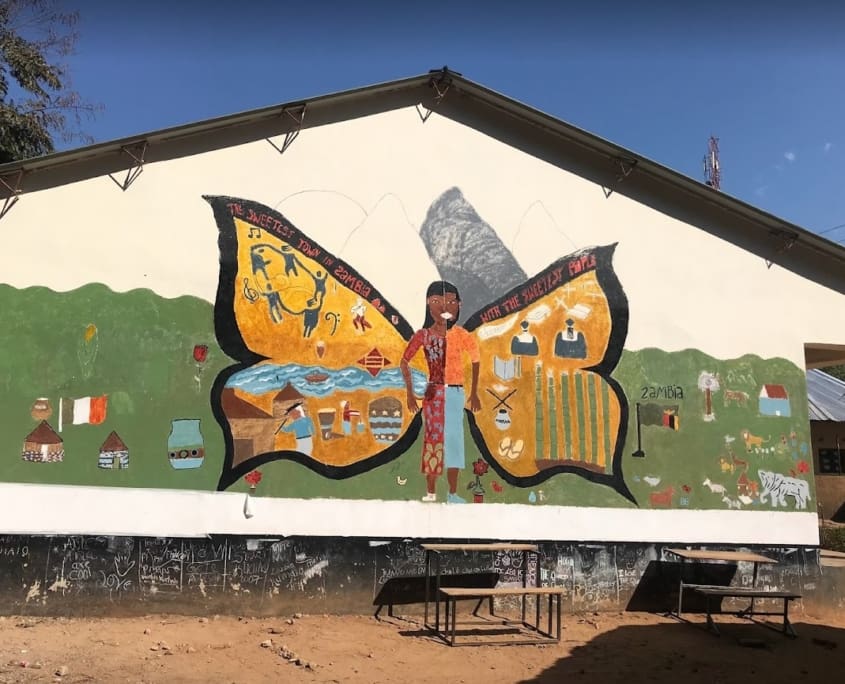
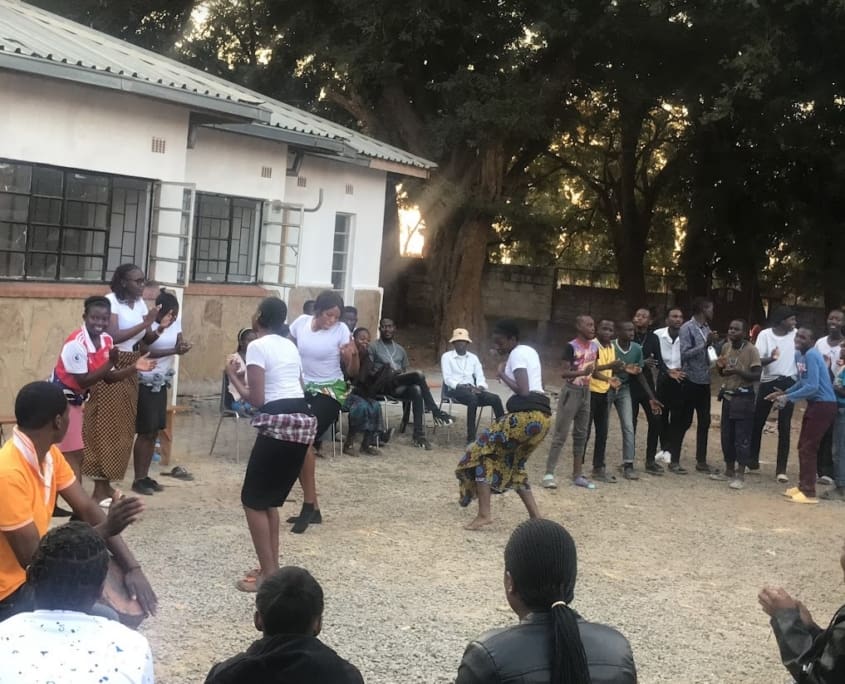
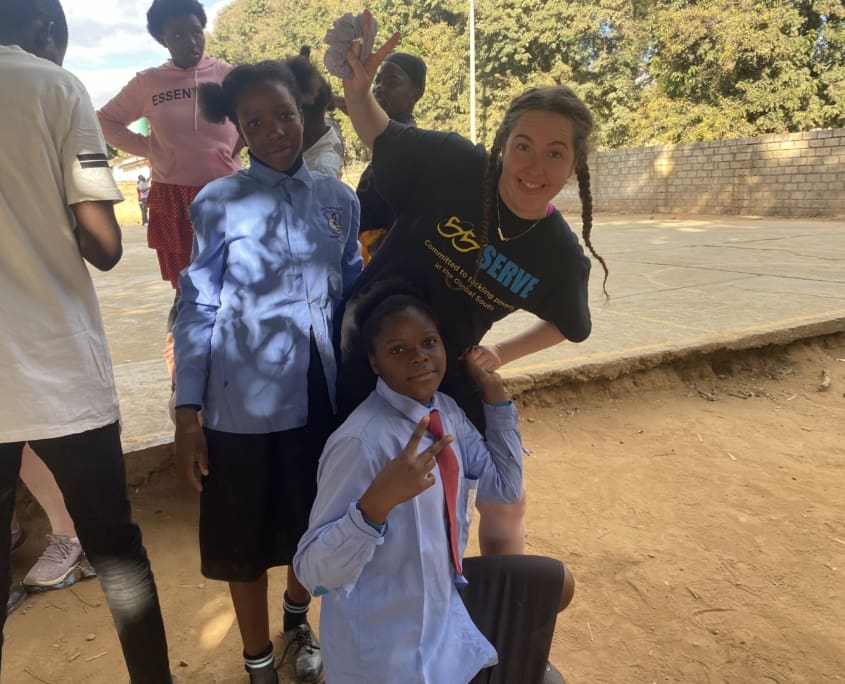
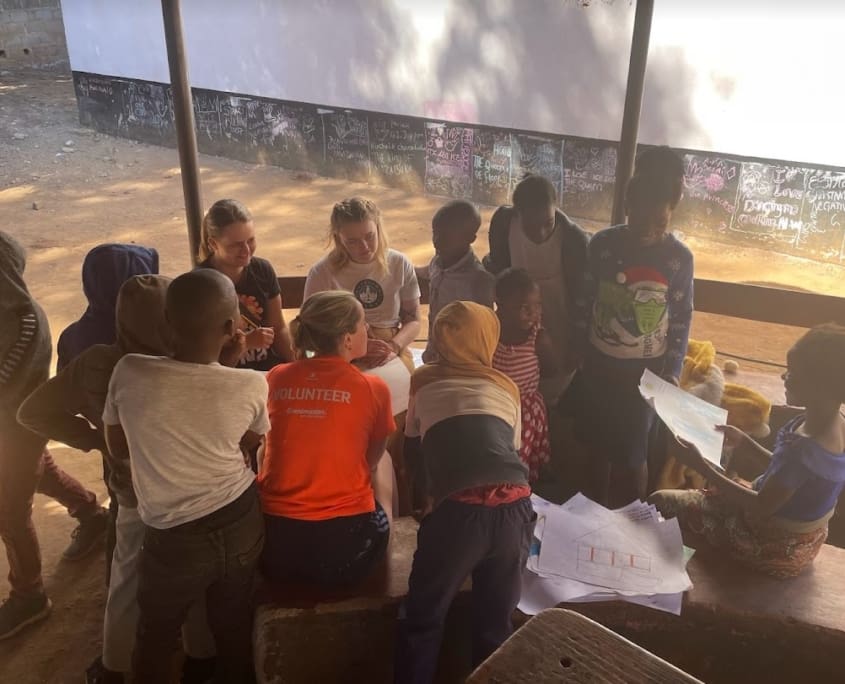
Our Goals
We had several goals in mind when initiating this beautiful project, including raising awareness of global issues and promoting community pride. The primary goal of the mural was to engage and empower the community of Mazabuka, particularly the students of Luyobolola school. Creating the mural together was an opportunity to foster collaboration among the students, volunteers, and the broader community.
The students’ voices were amplified through discussions about their community, culture, and aspirations. Their ideas and perspectives were transformed into art, allowing them to express their identities and values. The mural creation process became a platform for artistic expression, as well as inspiring creativity and imagination among the students.
Incorporating the Sustainable Development Goals (SDGs) in the mural was a means of raising awareness about these important global objectives. I remember one morning, as I was working with the students on the mural, one boy asked me what the meaning of inequalities was. I was given an important opportunity to discuss the world we live in with someone so young. The mural served as a conversation starter to discuss issues like gender equality, quality of education, and reducing inequalities.
The figure split between masculine and feminine depictions between the butterfly wings aimed to highlight the importance of equal representation and opportunities.
Just as the butterfly effect represents, these significant conversations and discussions, sparked by the images of the mural, will have a rippling effect, contributing to raising a generation of socially conscious individuals.
The mural has the potential to inspire change within the community. Its symbolism of transformation and growth, along with the representation of SDGs, could serve as a reminder of the power of collective efforts and the possibilities for positive change.
The mural’s themes and imagery can encourage ongoing conversations about important topics such as gender equality, quality of education, and inclusivity. It may spark discussions among students, teachers, and visitors, fostering deeper understanding and awareness.
Teachers could use the mural as an educational tool, weaving discussions about the SDGs and societal issues into lessons. Just as the butterfly effect represents, these significant conversations and discussions, sparked by the images of the mural, will have a rippling effect, contributing to raising a generation of socially conscious individuals.
In essence, the group’s aim was to collaboratively create not just a mural, but an experience that empowered, united, inspired, and celebrated the community’s voice and its connection to broader global goals. It encapsulated some of the SDGs and the intangible impact of empowerment and creativity.
More Murals
Join our Newsletter
Subscribe today for free and stay up to date with our latest news and events.
SERVE in Solidarity Ireland is a company limited by guarantee and not having a share capital.
SERVE’s Registered Charity Number (RCN): 20069094
Registered office in Cork is Scala, Castle Road, Blackrock, Cork and No:419696
Registered office in Clonard Gardens, Belfast, BT13 2RL and NI073601
Charity No: CHY 18154 (ROI) / XT16752 (NI)
